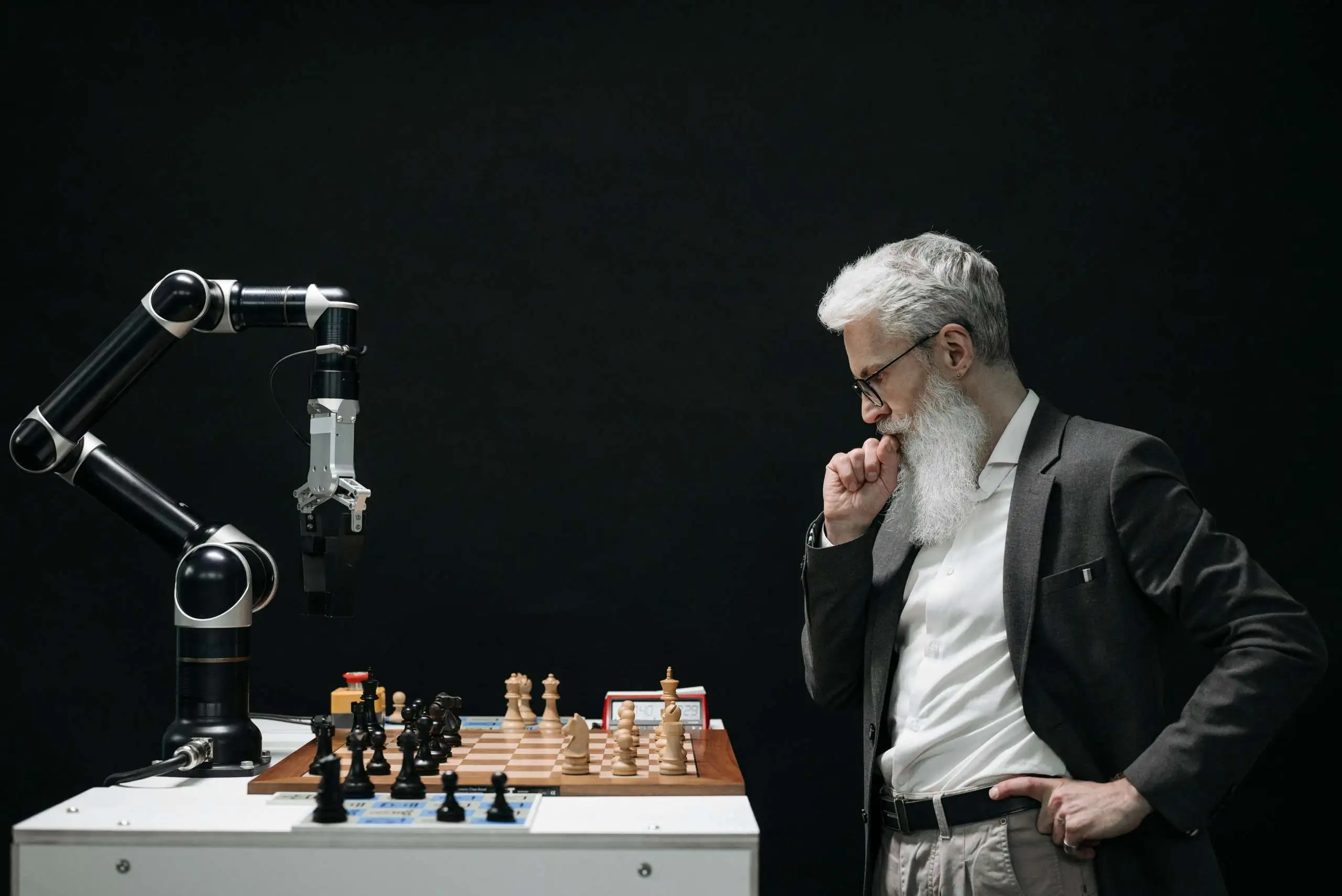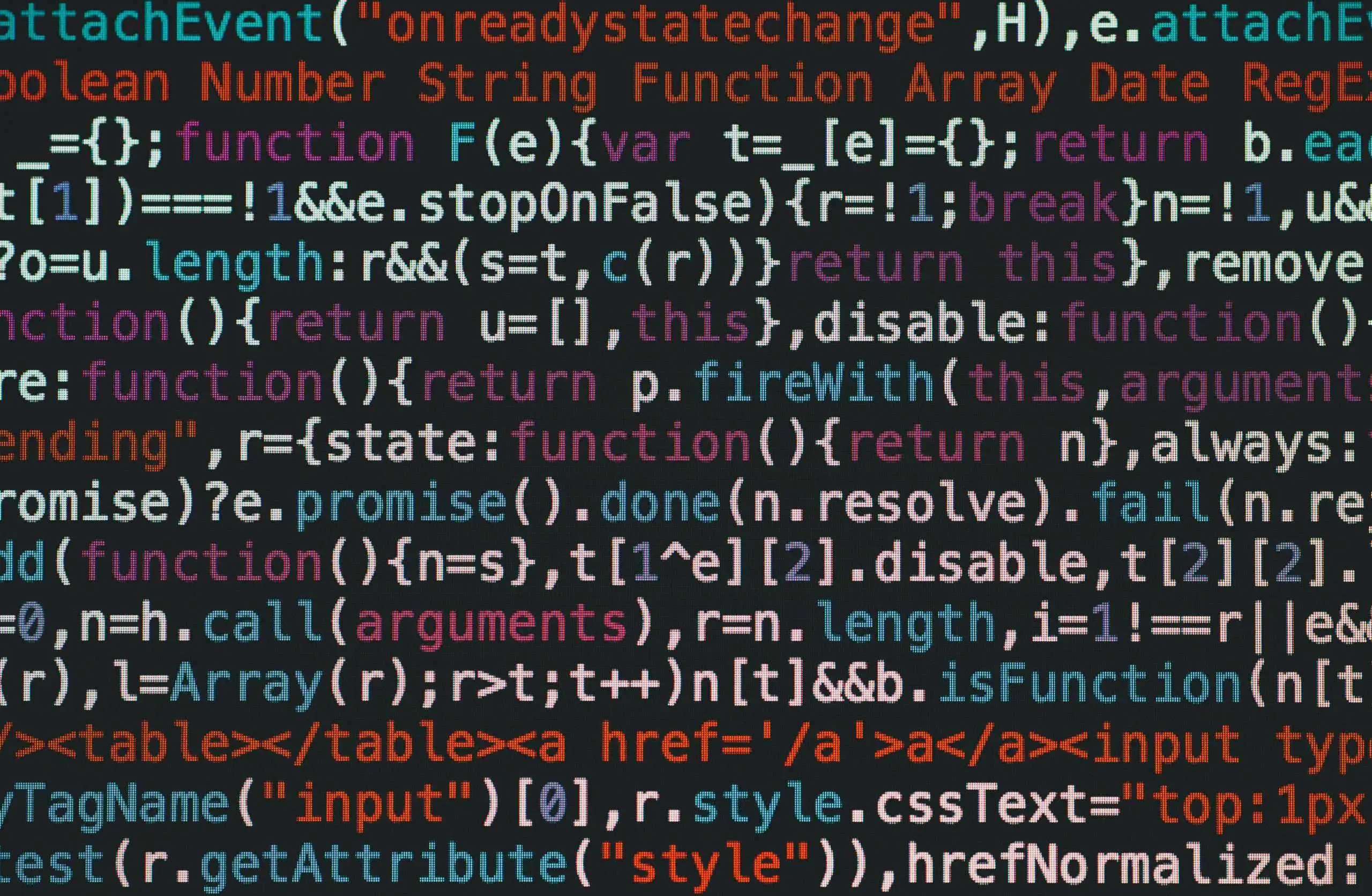
In many ways, we can compare the general reception and pushback against AI to the days of the industrial revolution. From inception, fear, superstition, and the displacement of highly skilled artisans were all-pervasive. Working hours increased and wages decreased in response to the decreased level of skill needed for the creation of products. At the same time, demand increased for products now available to a class of people who previously could not afford them. Skilled artisans became expendable workers who were now expected to pull levers, crank gears, and twist knobs.
This shift in working conditions and wages led to strikes, the destruction of machinery, and, more positively, influenced the adoption of the 8-hour work day. While many workers chose to unionise and fight back in order to change the inhumane working conditions, others took a different path and began to educate themselves as inventors and engineers. This led to groundbreaking technology, including the invention of the light bulb by Thomas Edison, the printing press by Johannes Gutenberg, and the telephone by Alexander Graham Bell. These inventions not only revolutionised industry and paved the way for a new era of innovation and technological advancement, but they have profoundly changed our day-to-day lives.
While industrialization ultimately led to improvements in the quality of life across all sectors of society, we still see the lingering effects of technology having brought individuals down to the level of mechanisation instead of freeing them from repetitive tasks unfit for humans’ natural tendency towards creativity and ingenuity. In our present day, these same fears are beginning to surface, with the rise of artificial intelligence and automation threatening to further dehumanise the workforce.
Unlike the industrial revolution, every vocation as it currently stands is under threat, none more alarmingly so than knowledge workers, who, up until recently, held a position of strength when it came to job security due to the amount of learning and dedication required to become effective within their fields. As we have seen by looking at history, two primary paths can be taken: one of innovation and adaptation and the other of resistance and stagnation. Embracing new technologies and skills will be crucial for individuals to remain competitive in the evolving job market, while those who resist change may find themselves left behind in an increasingly automated world. It is essential for workers to continuously educate themselves and be willing to adapt to new ways of working to thrive in the fourth industrial revolution.
The film Hidden Figures, which is based on Margot Lee Shetterly’s book of the same name, is an inspirational illustration of curiosity, bravery, and flexibility. It tells the story of three female African-American mathematicians who worked at NASA during the Space Race, which preceded the moon landing. Entire departments were made obsolete within a matter of months by a single computer, albeit a monolithic computer that filled an entire room. One of the characters steals a book on Fortran from the library (because it was in a whites-only section) and teaches herself and her department how to program, instead of giving up and despairing that a machine has now replaced a lifetime of dedication to the field of computational mathematics. With the increase in speed of computation, the fledgling programmers were able to resolve complex equations critical to the first orbit of the earth and the safe landing of Apollo 11, which eventually led to the moon landing.
What we see now with the adoption of artificial intelligence within the majority of industries is the birth pangs of a similar shift in society, and as outlined above, there are two paths open: one of fear, resistance, and hypothetical pitchforks, and the other of curiosity, optimism, adaptation, and progress. The choice between these paths will determine how society navigates the transformative power of artificial intelligence in the coming years.
At this stage of development, using artificial intelligence in the realm of front-end development and design is analogous to using a stick-shift car without airbags. If you don’t know how to drive well and follow the rules of the road, the journey could be fatal, but with these skills in place, the driver is free to carefully plan the route and optimise the journey while only needing to occasionally guide the vehicle along the way.
Routine actions can now be automated, and what may have taken a UI designer or programmer days to produce can be done within a matter of hours. The time freed up can now be reallocated to high-level planning, novel problem-solving, complex programming tasks, and rapid ideation.
A concrete example of the adoption of these tools within the software development industry is the acquisition of Diagram and the integration of 100+ AI-driven tools now built directly into the industry-standard design program Figma. These tools allow for the rapid generation of designs using word prompts, allowing designers to ideate on ideas quickly and efficiently. This not only speeds up the design process but also encourages creativity and innovation in the field of UI/UX design.
The generated designs can then be transformed into pixel-perfect production-ready code, giving the developers more time to focus on business logic, security, and performance. Developers and designers will now have more scope to do what they do best—problem solve—and what better problem to solve than how to utilise artificial intelligence to improve existing user flows?
Predicting the future is precarious, but one path that might be taken is to focus on user intent instead of optimising the actions a user needs to perform to accomplish an end goal.
Our day-to-day tools could function on a level closer to that of a human assistant than buttons needing to be pressed and isolated text boxes filled out. Forms, for example, could be engineered to be predictive without the need for finely tuned algorithms. Another path that could be taken with the focus on user intent in mind would be a simple text prompt from a user which could trigger an array of actions based on an end goal. For example, the prompt “I need to be in Barcelona on the 17th of February 2026 for a five-day work conference” could trigger an array of network requests with confirmation modals guiding the user to the end goal of booking flights, accommodation, and creating an itinerary all without the user having to navigate through multiple websites and tediously input the same details. This level of automation and intelligence in our tools would greatly streamline everyday tasks and enhance productivity.
In conclusion, while the fear surrounding the future of work and artificial intelligence is valid, we are also on the edge of a technological revolution that has the potential to greatly improve both our personal and professional lives. Freeing up mundane tasks and allowing for greater innovation in both the tools we use and the tools we build. With human innovation and creativity driving us forward, we can look forward to a world built for humans by humans using artificial intelligence to enhance our capabilities and improve both efficiency and quality of life.
